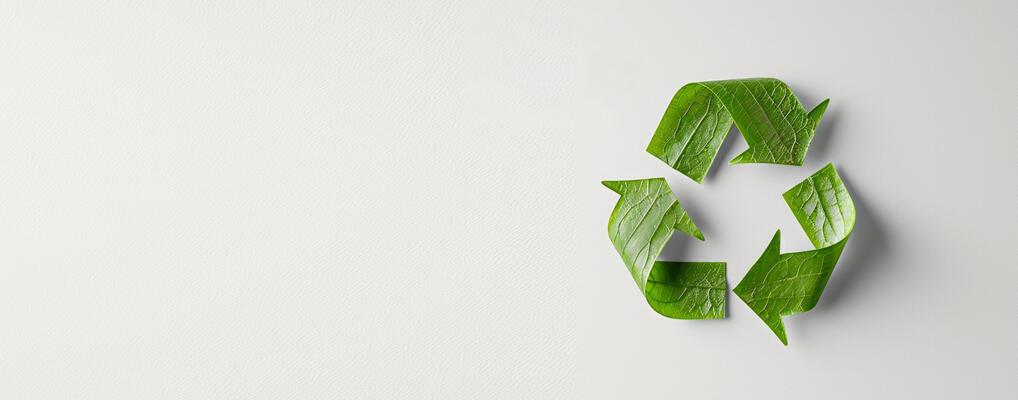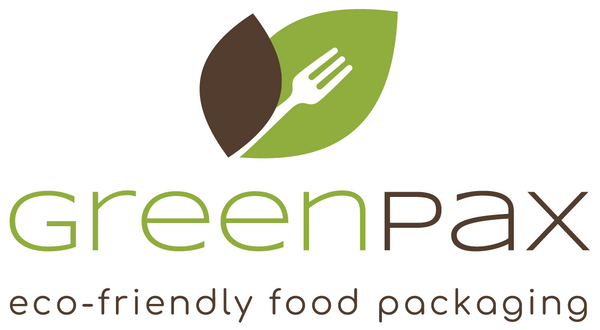
Recycling
The Recycling Challenge: A Mixed Picture
Recycling has gained traction but remains far from universal. According to EPA statistics, just 31% of plastic soft drink bottles, 45% of aluminum cans, and 50% of post-consumer paper are recycled. While curbside recycling programs have boosted plastic recycling rates, the process often consumes as much energy as producing new plastic. Additionally, many programs don’t accept plastic bags, which are increasingly banned by municipalities, and Styrofoam has no recycling market, ending up in landfills or as litter that harms wildlife.
Paper Products: A Missed Opportunity
A significant portion of paper products—like toilet paper, facial tissues, and paper towels—is still made from virgin fiber, requiring fresh tree harvests. By switching to paper products with post-consumer recycled content, we could save a staggering number of trees. The Natural Resources Defense Council (NRDC) estimates that replacing just one roll of virgin fiber toilet paper with 100% recycled paper could save 423,900 trees.
The Solution: Effective Recycling Practices
Keep Recyclables Out of Landfills
Approximately 70% of materials commonly discarded in landfills could be recycled. Paper, plastics, metals, and glass can all be recycled into new products, conserving nonrenewable resources and significantly reducing landfill waste.
The Importance of Recycling
Recycling is vital for the environment. According to the NRDC, recycling helps reduce garbage, protects natural resources, cuts pollution, and conserves water and energy. However, recycling requires more than just curbside pickup; it involves understanding and acting on how we purchase and use materials.
Adopt a “Precycling” Mindset
To ensure that your purchases are recyclable, consider the following:
- Buy products with recyclable packaging and those made from recycled materials.
- Know the percentage of post-consumer content in the products you choose.
- Seek alternatives to petroleum-based plastics, such as plant-based plastics (PLA), which are compostable in commercial facilities.
Benefits of Recycling
Recycling offers numerous advantages:
- Reduces landfill waste: Limits the volume of waste sent to landfills.
- Conserves resources: Decreases the need for new materials, preserving natural resources.
- Educates and creates jobs: Teaches responsibility, fosters environmental awareness, and generates green jobs.
- Saves energy and money: Reduces energy consumption and CO2 emissions, and can save money when returning bottles to recycling centers.
By making informed choices and supporting recycling initiatives, we can all contribute to a healthier planet and a more sustainable future.
